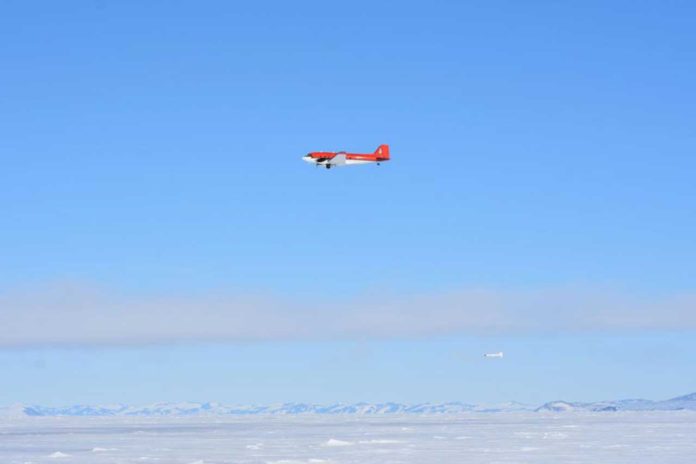Studying the areas where ice converges is essential for understanding how sea ice is produced and how sea ice formation changes circulation patterns in the Southern Ocean. In a study by the University of Canterbury, scientists identified an area of thicker-than-expected ice in the Ross Sea that formed due to wind-driven collision of sea ice masses.
Associate Professor Rack says usually you would expect Antarctic sea ice to be around a meter thick on average. Still, in the region surveyed by the team, wind events significantly increase the thickness.
“We didn’t know how thick the ice was when we started, we knew the area covered but not the volume, so it’s super significant to now have this baseline data. If we want to know if ice is thinning, we need to measure its initial thickness in the first place.”
“On average, the ice was two meters thick, but at its thickest point, it was 16 meters thick.”
“Sea ice is important because it reflects sunlight, insulates the warm ocean from the cold Antarctic atmosphere, and its formation controls global ocean circulation.”
“How Antarctic sea ice responds to a warming planet is a key question in climate science, and data sets are limited, this research will help place future change in context.”
Scientists used Basler BT-67 (a modified DC-3) plane to measure ice thickness. The Basler BT-67 plane towing a piece of equipment called an EM Bird underneath. The EM Bird instrument measures the thickness of the sea ice below using electromagnetic induction.
Scientists measured a massive ice area, around 800 kilometers, from Victoria Land to McMurdo Sound in November 2017.
Antarctica New Zealand’s Chief Scientific Advisor, Professor John Cottle, says this type of study is extremely important.
“Sea ice is a key part of the Antarctic environment, but there is still so much we don’t know of how and where it forms.”
“The more we learn about sea ice, the better we understand the interactions between climate, ocean circulation, and ecosystems in Antarctica.”
This research was funded by the Deep South National Science Challenge and the Royal Society Marsden Fund, with logistics support from Antarctica New Zealand and the Italian Antarctic Research Programme.
Journal Reference:
- Wolfgang Rack et al. Sea Ice Thickness in the Western Ross Sea. DOI: 10.1029/2020GL090866
